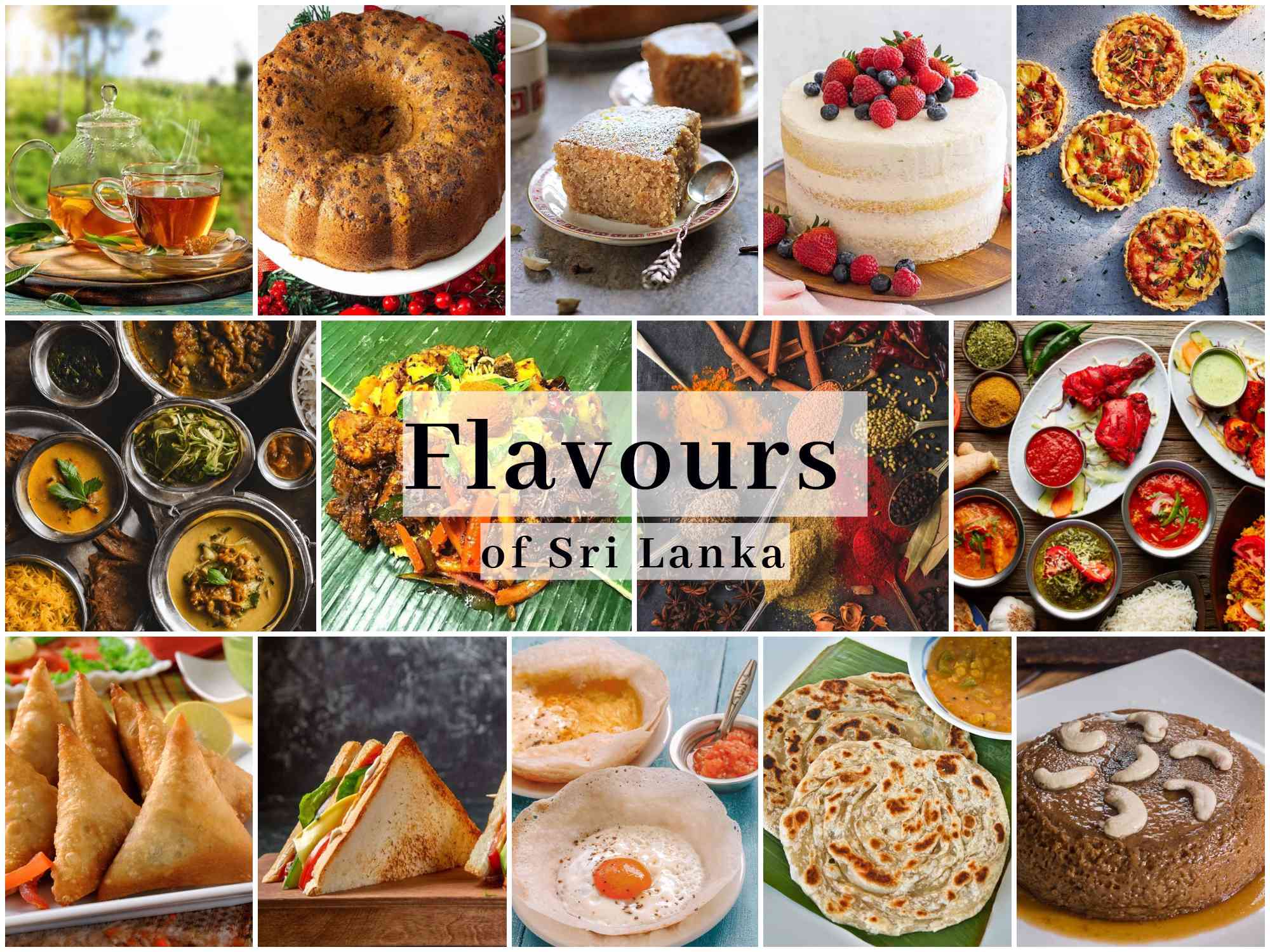
flavours of Sri Lanka
Thanks to its strategic position on the route between East and West, many cultures have influenced Sri Lanka’s cuisine. Neighbours, traders, immigrants and colonisers have all left their mark on the island’s food, creating a mouthwatering blend of Dutch, Portuguese, English, Arab, Malay and Indian flavours.
One of the joys of travel in Sri Lanka is the delicious, spice-rich food. But in a world awash with popular Southeast Asian and Indian dishes, why is so little known about the country’s cuisine? Tandoori, green curry, pho – sure, we’ve been there, we know the origins. But hoppers? Wattalappam? Lamprais? These names don’t leap from international menus. More’s the pity…
Tucking into aromatic Sri Lankan dishes, traditionally eaten by hand, is a highlight for travellers to the island.( flavours of Sri Lanka )
First, a potted history
Sri Lanka is a multi-ethnic and multi-religious society. The main ethnic groups are the Sinhalese (predominantly Buddhist) and Tamils (primarily Hindu), both originally from the Indian subcontinent. Then there are the Muslims (also called the Sri Lankan Moors), descendants of the Arab or Indian traders who arrived when Sri Lanka became an ancient trading centre. Similarly, Malays and Chinese were also attracted to the island.
Pick of the day’s catch: fish is a staple of Sri Lankan cuisine, often simmered in spices and coconut milk.
Indian influences
History and geography go a long way in explaining the influence of India on Sri Lanka: only 30km separates the two countries.
Food from the southern Indian state of Kerala has plenty in common with Sri Lankan cuisine: use of coconut milk in curries (ghee predominates in northern India), plus a love of seafood from bountiful coastlines. Sri Lankans generally cook with roasted curry powder, Indians with raw powder. South India and Sri Lanka crank up the heat by favouring hotter chillies (the heat often tempered for western palates).
Freshly ground spices, from chilli to turmeric, line up to add flair to a dish of rice and curry.
Rice is the staple of Sri Lankan cuisine and is usually served at every meal – including at breakfast, when hoppers (also popular in Kerala) make an appearance. A hopper is a crispy, bowl-shaped pancake made with rice flour; a favourite way to eat one is with a fried egg cooked inside, then topped with chutney or sambol (a condiment made from ingredients pounded with chilli).
Bowl-shapped hoppers, made with rice flour – ready to be filled with egg, chutneys and other edible delights.
‘Rice and curry’ is the national dish of Sri Lanka – it features on almost every menu, and such a simple, three-word description does it no justice. Behind that label is a personal banquet of small, spiced dishes made from vegetables, meat (commonly chicken) or fish, and served with pappadoms, chutneys and sambol.
If you order ‘rice and curry’, know that the variation of dishes from one cook to the next is astonishing. Maybe your sides will include sweet-and-sour eggplant, velvety dahl, marinated snake beans, curried beetroot, okra, jackfruit or banana blossom…
Good curries are everywhere in Sri Lanka – from roadside cafes to hotel buffets and everywhere in between. In Ella, the nightly buffets at Zion View are outstanding (served with a side order of mountain views), and cooking classes are in the pipeline. Inside the fortress of Galle, Mama’s Galle Fort Roof Cafe has rooftop views and a superb spread.
For something special, Colombo’s chic Ministry of Crab (ministryofcrab.com) offers crab curry. The restaurant is co-owned by two of the country’s revered cricketers, and shines a spotlight on Sri Lanka’s seafood, including its export-quality crabs (previously unavailable locally).
Enticing eats abound in Sri Lanka, from tiny food stalls to lavish hotel banquets.
Britain and the shared love of a good cuppa
In the mid-19th century, British settlers discovered that Sri Lanka’s Hill Country had a warm climate, altitude and sloping terrain: a winning combination for tea-growing. The Hill Country’s ‘tea capital’ is Nuwara Eliya (elevation 1889m), and it’s here you can best experience the impact and the influence of the British through visiting the lush surrounding tea estates, plus the grand colonial hotels.
St Andrew’s Hotel sits pretty in manicured grounds and serves high tea every afternoon. Sandwiches, savoury tarts, cakes and scones (with the requisite jam and cream) are daintily presented on a tiered stand. Another place to enjoy such finery is the luxurious Amangalla Hotel in Galle, built in 1684 to house the Dutch governor.
You’ll also notice the British influence at roadside produce stands around Nuwara Eliya. Unlike the tropical bounty found at lower elevations, here it’s proper ‘English’ veggies like cabbage, carrots, leeks and potatoes, with temperate treats like strawberries and roses grown here too.
A sumptuous array of fresh market produce in Kandy.
Burgher Bounty
Celebratory cakes in Sri Lanka often have a Dutch or Portuguese touch. ‘Love cake’ is made with semolina, ground cashews and honey, perfumed with nutmeg, cinnamon and rosewater. It’s known around the country by its English name but stems from the Portuguese era, as does bolo fiado, a layer cake of pastry, dried fruit and syrup. Breudher is a buttery yeast cake, studded with sultanas and made at Christmas from a Dutch recipe.
The greatest culinary legacy of the Dutch is lamprais (the name stems from the Dutch for lump and rice, which doesn’t sound too appetising, it’s true). It’s a dish made from meat (including frikkadels, or Dutch meatballs), vegetables and rice, all slowly baked in a banana leaf. A great place to unwrap one of the parcels is eclectic Cafe Chill (Nescoffee Shop) (facebook.com/cafechillnescoffeeshop) in the backpacker-favourite mountain town of Ella.
The traders’ touch
Muslim restaurants serve up flatbreads (roti, paratha and so on) and samosas introduced by Arab traders; abundant street stalls also ply these.
The delicious dessert of wattalappam, concocted from jaggery (brown sugar made from the kitul palm), coconut milk, egg and cardamom, likely originated from Malay traders from the Spice Islands.
A fine place to soothe a sweet tooth and sample jaggery in its many guises is the acclaimed Gallery Cafe in Colombo, where desserts include jaggery ice-cream sundae and jaggery crème brûlée.
Kitul syrup (commonly called treacle, or even honey) is excellent with curd, a yoghurt made from buffalo milk.
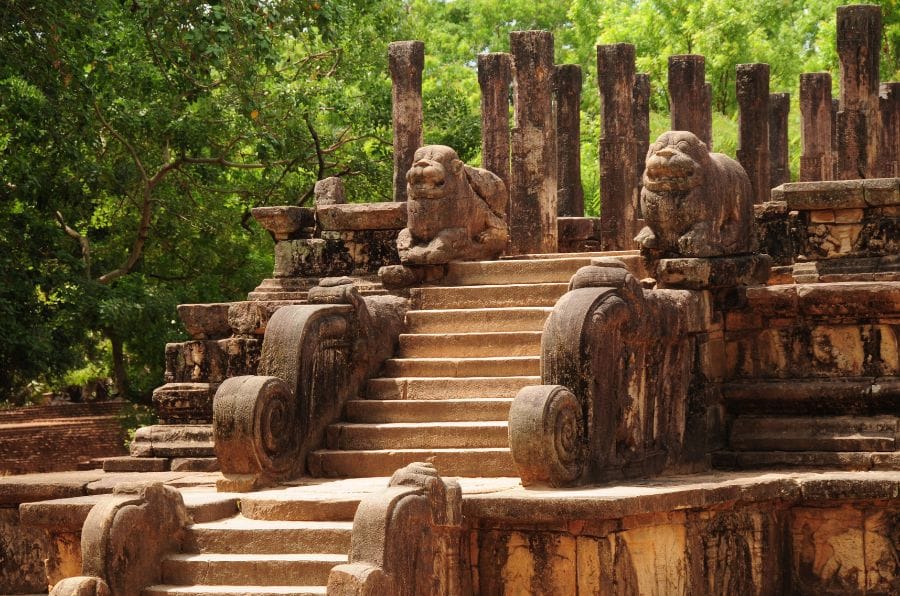
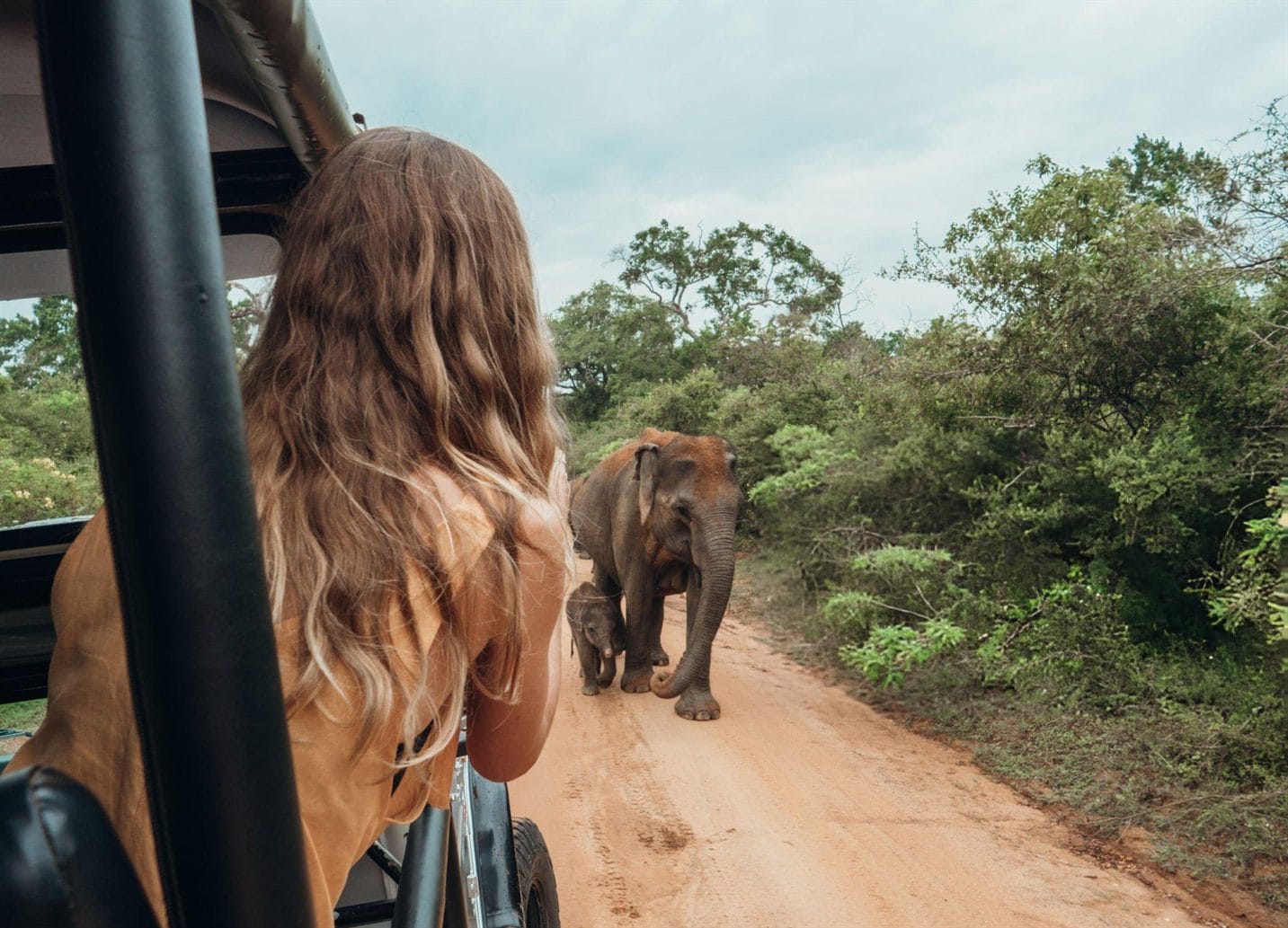
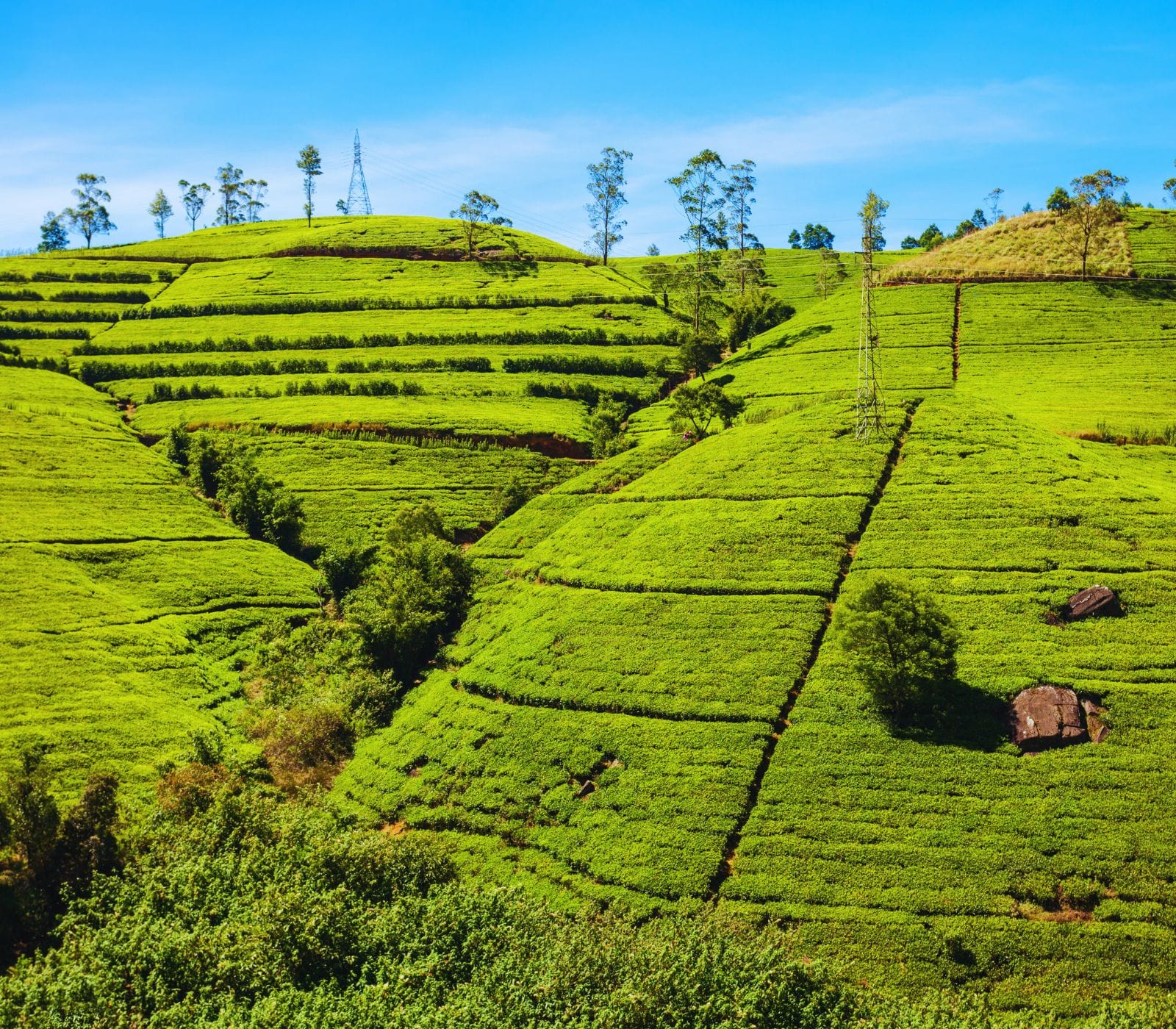
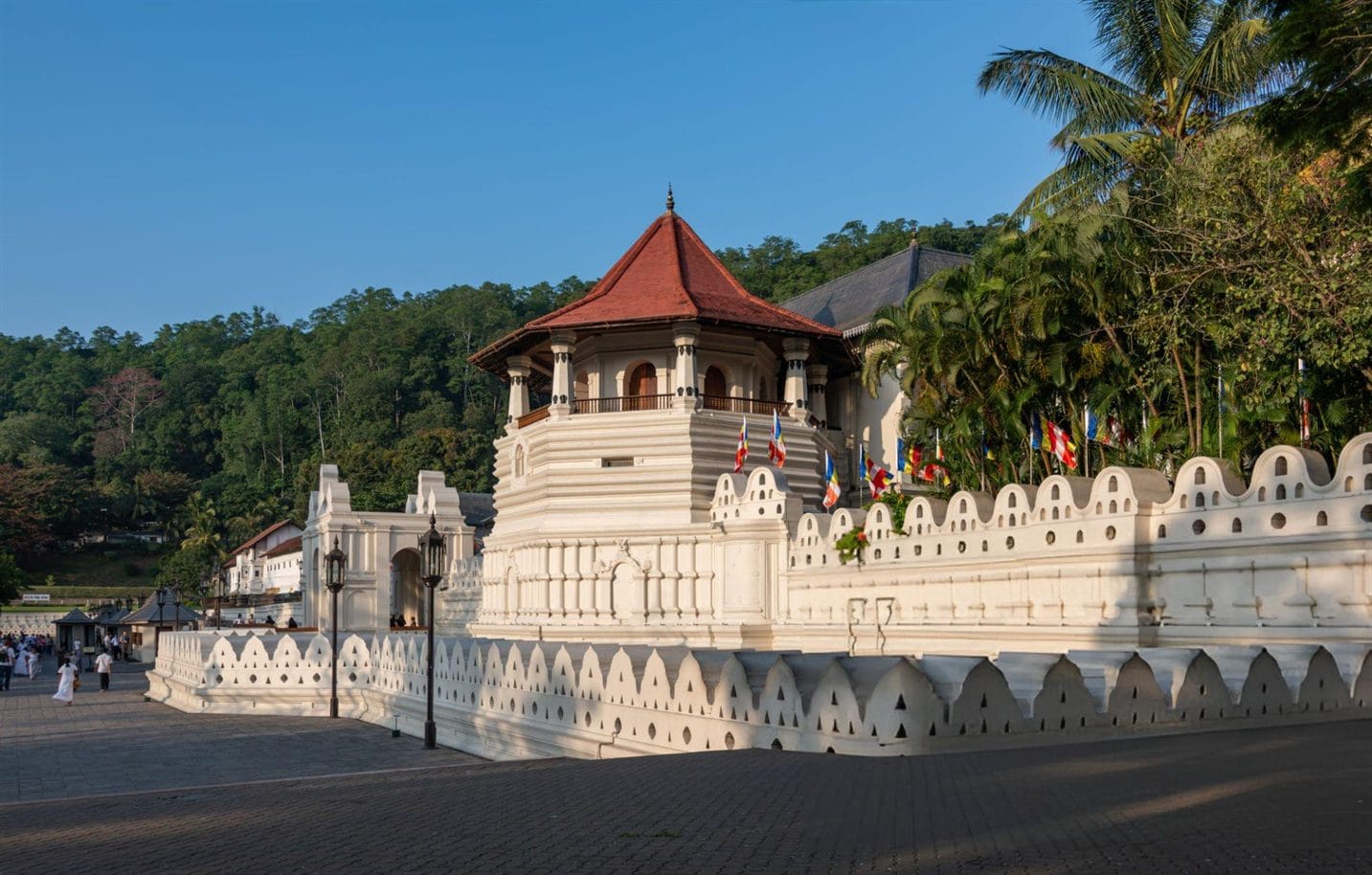
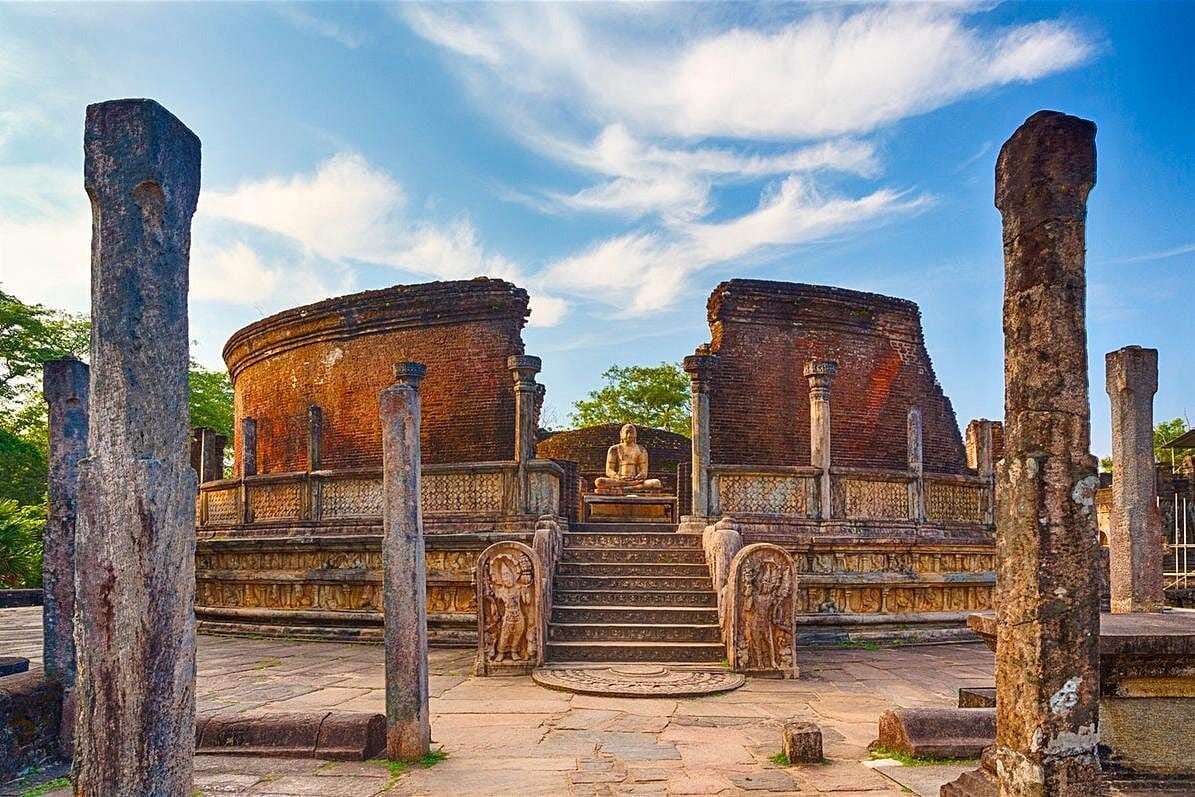



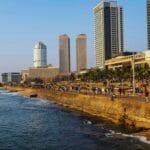
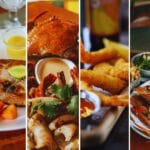
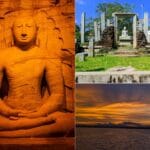


Leave a comment: